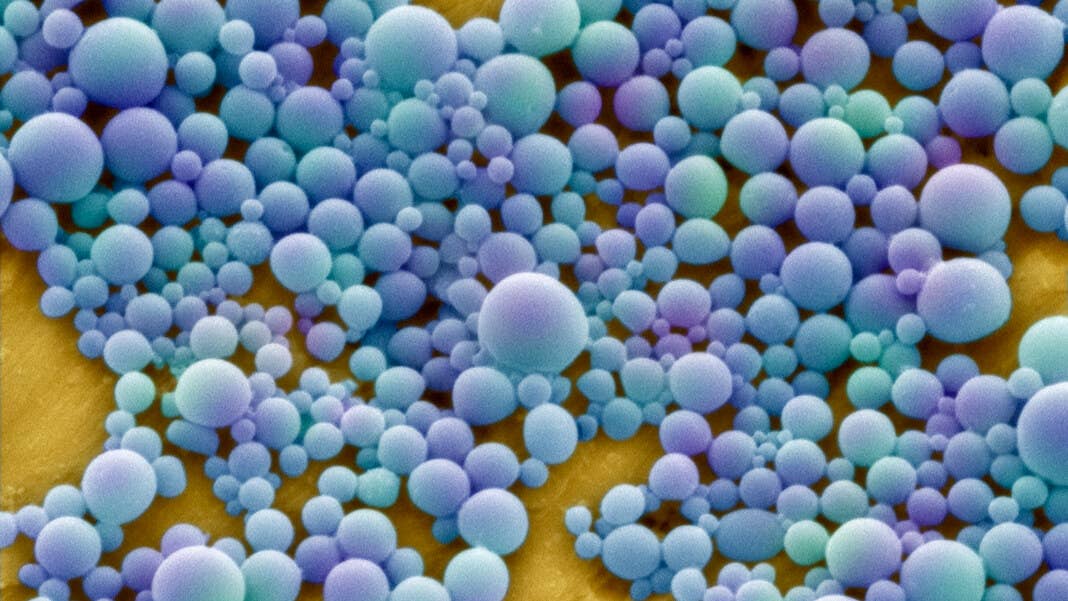How Nanotechnology Will Help Us Probe the Brain in Unimaginable Detail

Share
One of the biggest challenges when it comes to probing and manipulating the brain are the blunt tools we have at our disposal. But breakthroughs in nanotechnology could soon change that, say researchers.
Neuroscience has experienced a technological revolution in the last couple decades thanks to rapid improvements in brain-machine interfaces and groundbreaking new methods like functional magnetic resonance imaging, which makes it possible to track neural activity across the whole brain, or optogenetics, which makes it possible to control individual neurons with light.
But despite this progress, we are still a long way from being able to record or stimulate large parts of the brain at the single-neuron level. Being able to do so could have profound implications on our understanding of the brain, as well as our ability to augment its function and treat disease.
The key to bridging this gap is the emerging field of “NanoNeuro,” say the authors of a new paper in Nature Methods. The unique properties and diminutive size of nanomaterials could make it possible to probe neural circuits in entirely new ways and at previously unimaginable scales, the researchers write.
The most obvious application of nanotechnology is in simply reducing the size of the standard neuroscience toolbox. A host of recent designs for nanoprobes and nanoelectrodes, often exploiting the same processes that have powered the miniaturization of computer chips, are making it possible to record from orders of magnitude more neurons.
These probes often come with other desirable properties too, such as flexibility, optical functionality, or chemical sensing. Other materials such as quartz, carbon nanotubes, and graphene are also being experimented with and each have their own unique properties.
Perhaps most importantly, these tiny electrodes open the door to probing neural activity at the sub-cellular level. Given the powerful processing that goes on within neurons, this could significantly improve our understanding of critical aspects of brain function.
Nanotechnology isn’t just about making things smaller, though. Physics operates on very different principles when you get down to the scale of atoms and molecules, which means nanomaterials can have exotic properties that enable entirely new functionality.
For example, plasmonic nanoparticles have unique optical properties that can be easily tuned by simply varying their size and shape. These particles could be used to boost the sensitivity of existing optogenetic approaches, say the authors, and using light to excite and heat them up could also make it possible to trigger neurons to fire with very high precision.
Be Part of the Future
Sign up to receive top stories about groundbreaking technologies and visionary thinkers from SingularityHub.


Even smaller “quantum dots”—nanoparticles that emit light in various colors when energy is applied to them—are a more durable and sensitive alternative to fluorescent dyes currently used for imaging. Their fluorescence is also modulated by electric fields, so they could potentially be used to give an optical readout on the activity of neurons.
Another promising class of nanoparticles can absorb multiple low-energy electrons and convert them into a high-energy one. Researchers have used these so-called “upconverting nanoparticles” to let mice see in infrared by injecting them into the animals’ retinas, where they translate incoming signals into visible light.
Potentially the most powerful application, though, could come from magnetic nanoparticles. The human body is almost entirely unaffected by magnetic fields, which makes it possible to send them deep into biological tissue with little impact. Nanoparticles that can convert magnetic fields into stimuli that trigger neurons could be a powerful tool to modulate brain activity.
There’s still a long way to go, according to the authors. Effectively delivering nanoparticles to where we want them is challenging, as is producing large numbers of them without too much variability. And while early studies suggest many nanomaterials are biocompatible, proving they are safe enough to use in humans will take time.
An even larger challenge may be forging bonds between two scientific fields with little in common. But overcoming these barriers could lead to significant breakthroughs in our ability to record and manipulate large neural circuits in vivo, which the authors say could have profound impacts for both research and medicine.
Image Credit: Nanoparticles for drug delivery. Annie Cavanagh / CC BY-NC 4.0
Related Articles

AI Companies Are Betting Billions on AI Scaling Laws. Will Their Wager Pay Off?

Super Precise 3D Printer Uses a Mosquito’s Needle-Like Mouth as a Nozzle

Is the AI Bubble About to Burst? What to Watch for as the Markets Wobble
What we’re reading
